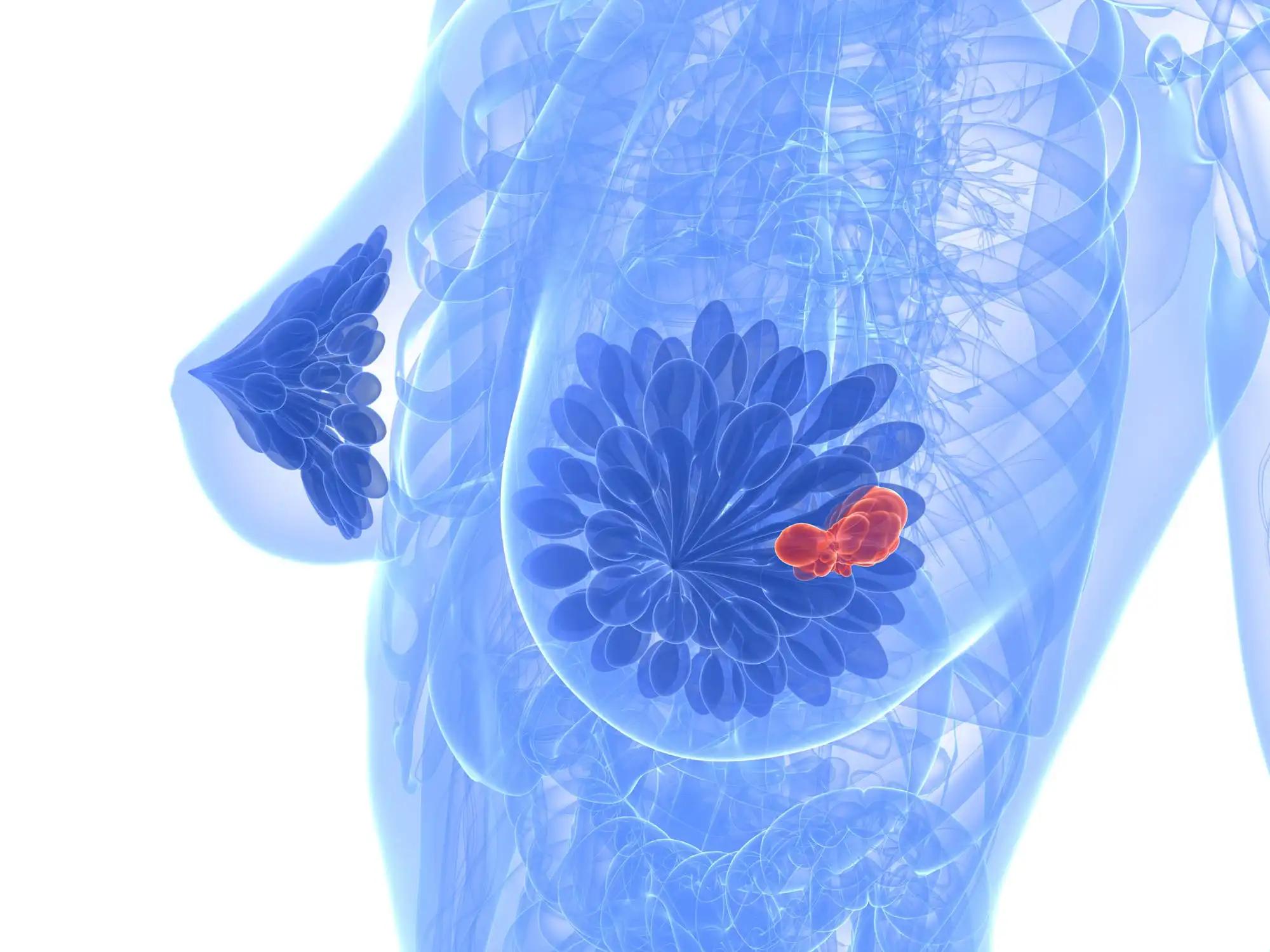KEY TAKEAWAYS
- PEARL Phase 3 (NCT02028507) studies the correlation between changes in plasma ctDNA during therapy and progression-free survival.
- The study aims to compare PAL with endocrine therapy to CAPE in metastatic HR-positive, HER2-negative breast cancer.
- Researchers conducted sequencing of plasma ctDNA using a house error-corrected targeted capture panel consisting of 21 genes.
- The study’s outcome shows a correlation between changes in plasma ctDNA during therapy and progression-free survival.
In patients (pts) with metastatic HR-positive, HER2-negative breast cancer resistant to aromatase inhibitors, the randomized PEARL trial demonstrated no superiority of PAL with endocrine therapy to CAPE (Martin M, Ann Oncol 2020). Patients in the trial’s second cohort were studied to see if there was a correlation between changes in plasma ctDNA during therapy and progression-free survival.
Sequencing of plasma ctDNA was performed using an in-house error-corrected targeted capture panel consisting of 21 genes often changed in breast cancer between -7 days and cycle 1-day 1 (C1D1) for baseline prognostic analysis and cycle 1-day 15 (C1D15) when possible. Predictive ctDNA dynamics analysis excluded variants with VAF 0.5% in C1D1, which was established as the limit of detection, and mandated a minimum of 14 days of therapy in the first cycle. We weighted the average for C1D1 mutations that could be due to cloning and got the circulating DNA ratio (CDR). By fitting multiple cut-offs and selecting the one with the smallest p-value in the log-rank test, the best cut-off for predicting PFS was determined. The cutpoint Cox regression model uses bootstrapping to determine the CI95%, adjusted p-values for potential overestimation, and a shrinkage factor to account for the possibility of overestimation.
Of 201 patients who had a C1D1 sample sequenced for prognostic purposes at baseline, 146 (73%) were found to have mutations at baseline, while 55 (27%) did not. A paired C1D15 sample was available for CDR calculations in 187 (93%) points. Of them, 120 (90%) had mutation rates higher than 0.5%, 14 (10%) had no calls, and 1 pair failed sequencing, for a total of 134 (72%). Both the baseline and CDR samples accurately reflected the study’s target population. Overall, patients with TP53 mutations had a shorter PFS (4.4 months vs. 9.3 months, log rank p= 0.04) than the general population, and this difference was not attributable to treatment.
The CAPE group had a significantly reduced median CDR (suppression) for on-treatment ctDNA dynamic analysis (0.07 vs. 0.21, p<0.01). Both the CAPE (suppressed 16.6 months vs. high ctDNA 4.2 months, HR 2.37, CI95% 0.96-5.83, p=0.05) and the PAL + FUL (suppressed 15.7 months vs. high ctDNA 5.5 months, HR 2.14, CI95% 0.92-5, p=0.06) arms showed a connection between optimum cut-offs predicting PFS. Although there was a statistically significant association between ctDNA suppression and objective responses (median CDR 0.1 in objective responders vs. median CDR 0.2 in progressing disease, p=0.03), this was no longer the case when patients were stratified by treatment.
Mutations in TP53 were associated with poor outcomes in PEARL cohort 2 regardless of treatment allocation, indicating aggressive behavior unrelated to endocrine resistance. Both groups of patients fared worse if ctDNA suppression wasn’t implemented. More ctDNA suppression was seen at C1D15 after treatment with capecitabine, which most likely reflects quicker ctDNA suppression.
Source: https://meetings.asco.org/abstracts-presentations/209429
Clinical Trial: https://clinicaltrials.gov/ct2/show/NCT02028507
Pascual, J., Martin, M., Proszek, P., Gil-Gil, M., Reay, A., Zielinski, C., Herranz, J., Cutts, R., Ruiz-Borrego, M., Feber, A., Ciruelos, E. M., Swift, C., Muñoz, M., Bermejo, B., Margelí, M., Liu, Y., Garcia-Murillas, I., Hubank, M., & Turner, N. C. (2022). Baseline and longitudinal ctDNA biomarkers in GEICAM/2013-02 (PEARL) trial cohort 2 comparing palbociclib and fulvestrant (PAL + FUL) versus capecitabine (CAPE). Journal of Clinical Oncology, 40(16_suppl), 1019–1019. https://doi.org/10.1200/jco.2022.40.16_suppl.1019



